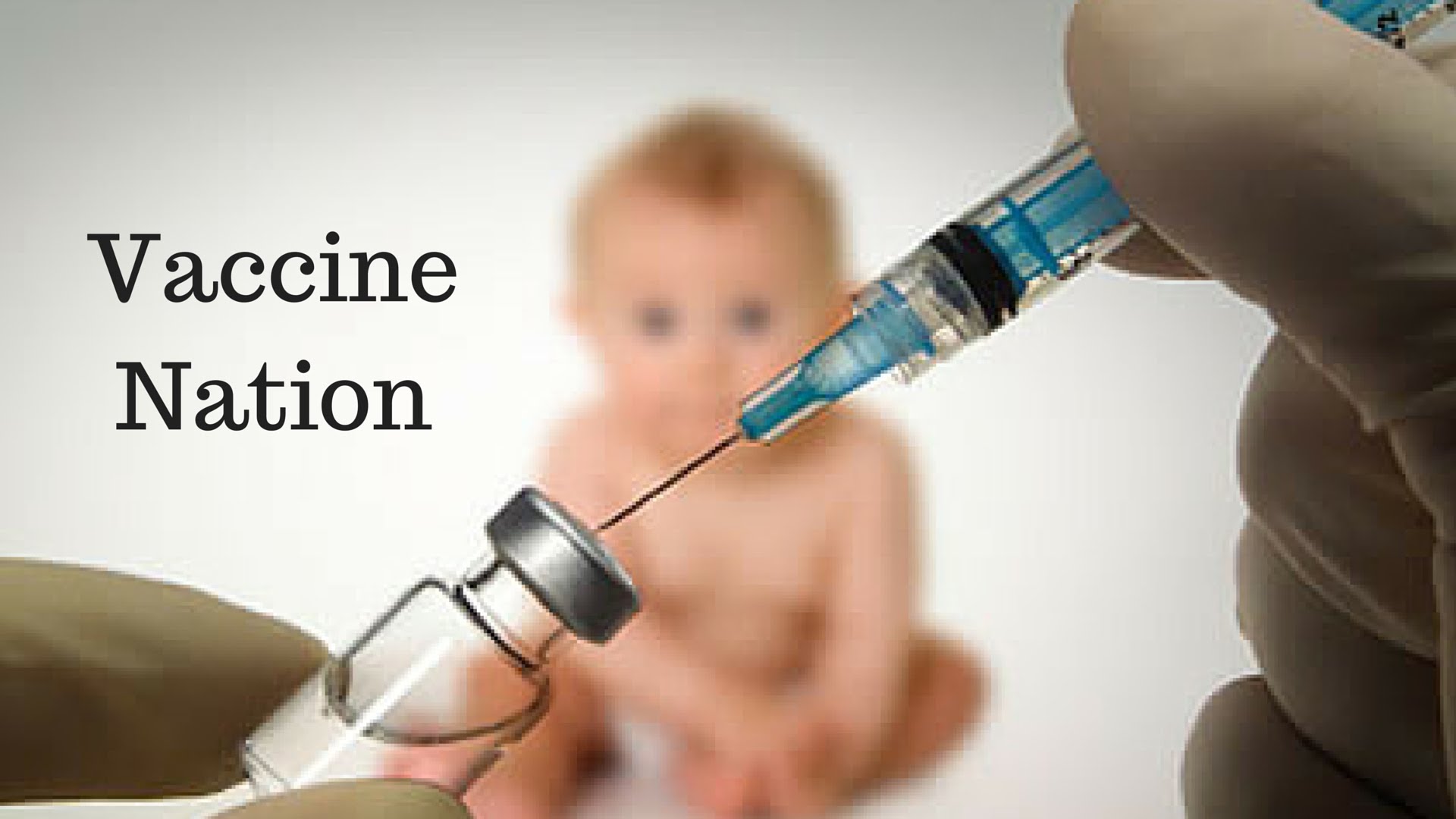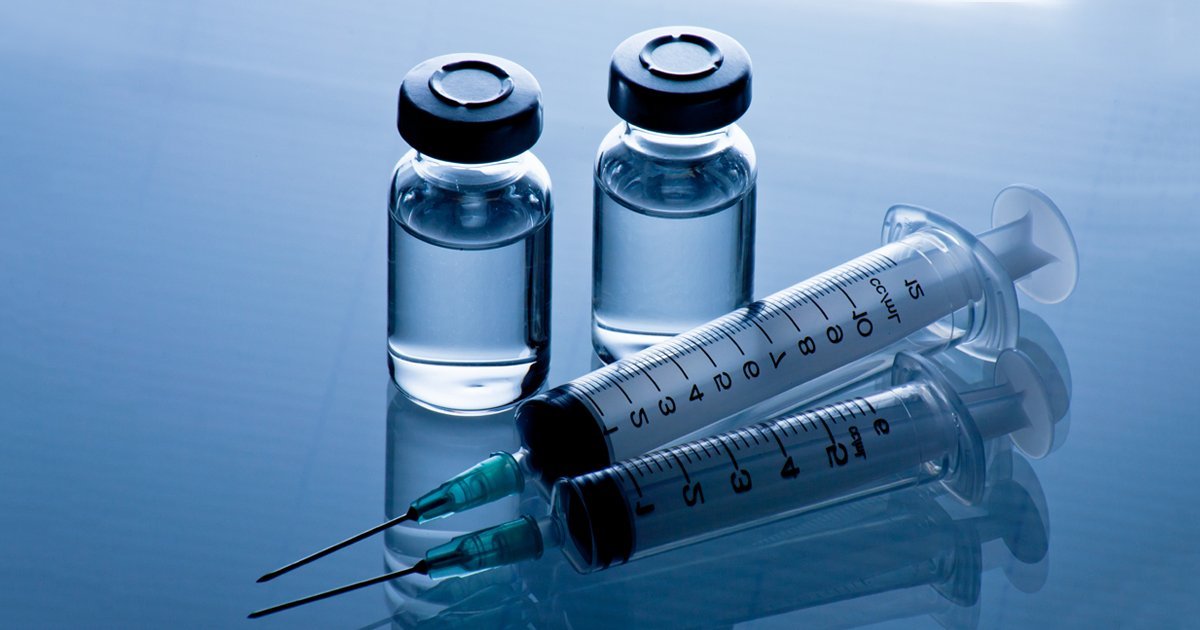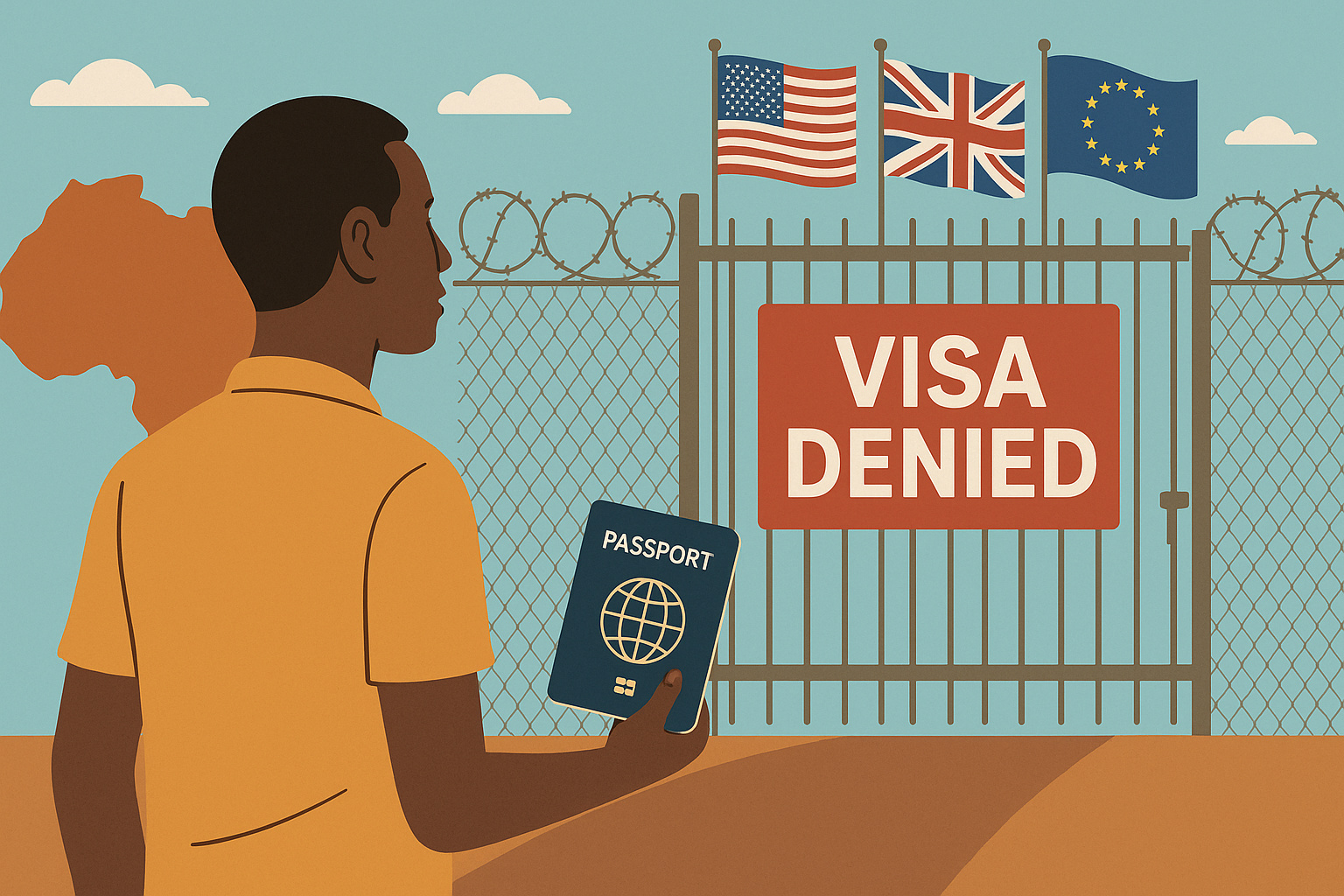Vaccines credited for causing a drastic reduction in dangerous diseases like measles and polio, vaccines are widely heralded as one of the greatest public health achievements in modern history.
But how do they work? How can a simple shot protect us from getting sick?
Vaccination trains your body’s immune system to identify and fight specific diseases. It is a lot like prepping your army before a war begins.
You ready your soldiers and teach them t detect and take out the enemy before they ever see a battlefield. It sounds simple, but it is a highly complex and coordinated effort by the body’s natural defenses.
The immune system
To grasp how vaccines work, It is helpful to take a step back and look at the human body’s immune system. When pathogens like viruses and bacteria get inside our bodies, they go on the offensive. Left unchecked, they can multiply and spread, often resulting in us getting sick.
The human body has several lines of defense to help protect it against diseases and fight off infections. Some parts of the immune system shield against or attack anything that’s not already a part of the human body, while others are much more targeted.
Our skin, for example, is the first line of defense against germs. It is in essence, our body armor, dedicated to keeping germs from getting inside.
Cuts or scrapes can weaken that armor, allowing invaders to find a way in, and natural openings – like our nostrils or mouth – can be gateways, too. Chemicals like saliva in the mouth or gastric juices in the stomach can break down or kill bacteria, and fevers are the body’s way of turning the temperature up in the room an attempt to kill or weaken invaders that only survive in the cooler environment.
When an infection occurs, the body also starts making different kinds of white blood cells. These cells act like soldiers, coordinating attacks on the invade by seeking out specific targets known as antigens.
An antigen is a piece or by-product of a pathogen – like a protein found on the surface of a virus, for example, that the immune system looks for in the event of an infection. white blood cells and antibodies sniff out specific antigens and latch on, setting in motion an attack to take down the microbes and keep them from multiplying.
When the battle is won, and the infection has cleared, the cells of our immune system remember what to look for in case it comes in contact with the pathogen again. Knowing what antigens the immune system detects and responds to, is a key to developing an effective vaccine.
Vaccination
vaccine work a lot like a wild infection. In fact, to our body’s defenses, they look the same. Vaccines are made up of antigens that are the same as or closely resemble antigens found on wild pathogens.
When these vaccine antigens enter the body, they set off the same kind of alarms to create the same kind of white blood cells and antibodies needed to seek and destroy an invader.
The body remembers what to look out for, so it can mobilize much faster if it ever comes across the invader again. Unlike a wild infection, however, vaccines won’t try to get you sick. They provide the benefits of an infection that is, immunity but with significantly less risk, and that is because of how they are made.
Type of vaccines
All use antigens to help stimulate an immune response, but not all vaccines are made the same way. Which antigens and how many varies, depending on the vaccine type and the disease it is meant to protect against.
1) Live, attenuated vaccines: The vaccines use a whole, live virus that has been “attenuated,” or weakened, in a way that makes it virtually harmless to people with healthy immune systems. Because it is life. It can replicate and spread throughout the body just like a wild virus would. It is the closest thing to natural infection and therefore is extremely effective at promoting a strong immune response, That being said, people with a weakened immune system like transplant recipients should not get these types of vaccines because even though they have been weakened, the body might not be able to fight them off. Examples include the MMR (measles, mumps, and rubella) and varicella or chickenpox vaccines.
2) Inactivated vaccines: Similar to live vaccines, inactivated vaccines use the whole virus, only they are not alive. They are inactivated or “killed” in the lab because they can not replicate and spread throughout the body, more doses are often required to get the same kind of protection spurred by live vaccines, and sometimes booster doses are needed to maintain immunity. Examples include the polio vaccine and many flu vaccine formulations.
3) Subunit Vaccines: Subunit vaccines use only select antigens, such as a piece of the germ or a bit of protein, to spark an immune response because they do not use the whole virus or bacteria, side effects are not as common as with live or inactivated vaccines, but multiple doses are often needed to be effective. Examples include pertussis (or “whooping cough”) component of the DTap and Tdap vaccines.
4) Conjugate vaccines: These vaccines are designed to protect against a group of bacteria that have a sort of a sugar-like coasting around them. During a wild infection, this layer hides the antigens to the coating so that the body’s defenses will know what to look for and are better at seeking and destroying the bacteria in the event of an infection. Examples include the meningococcal conjugate vaccine, which can help protect against a bacterium that can cause meningitis.
5) Toxoid vaccines: Sometimes it is not the bacterium or virus you need protection against, but rather a toxin that the pathogen makes when it is inside the body. These types of vaccines use a weakened version of the toxin called a toxoid to help the body learn to recognize and fight off these toxins before they can cause harm. Examples include the tetanus component of the DTaP and Tdap vaccines.
Delivery mechanisms
Vaccines are designed to be administered in highly specific ways to ensure maximum effectiveness and to minimize harm. Some vaccines, for example, are meant to be injected in the muscles at a 90-degree angle, while others should be given at a 45-degree angle in the fatty tissue between the muscles in the skin.
For adults, that could mean receiving the shot in the arm, whereas babies often get the injections in their thigh muscles. Some vaccines are not meant to be injected at all; instead should be administered via the nose or orally, and so on.
How, when, and where a vaccine is administered is determined by extensive research, experience, and theoretical risks. A vaccine against diarrheal disease, like rotavirus, might be given orally for example so that it can more closely mimic a natural infection.
Vaccines given incorrectly could result in them being less effective or more likely to result in unnecessary side effects. It should be noted, however, that no vaccine is ever given intravenously that is directly into the bloodstream.

Vaccine testing
Despite vaccine stories we may see on social media or myths we may hear a friend, vaccines are incredibly safe and effective at protecting against diseases. Throughout the development process, there are multiple tests vaccine candidates must pass before they make it to your doctor’s office or local pharmacy.
Before being licensed by the Food and Drug Administration in the United States, manufacturers have to prove that the vaccine is both effective and safe in a human, This often takes years and means being first tested in thousands of volunteers. Even after the vaccine is approved, it continues to be monitored for safety and effectiveness by researchers.
After the vaccine is officially licensed, the research is then reviewed by the Advisory Committee on Immunization Practices a volunteer panel of public health and medical experts to determine whether it is appropriate to recommend that the vaccine is given.
These recommendations are updated on an annual basis and take into consideration a wide range of data including how safe and effective the vaccine is.
If at any point the benefits of the vaccine outweigh the risks, the panel rescinds its recommendations, and the vaccine is typically pulled from the market. Thankfully, this is very rare.

















Comments